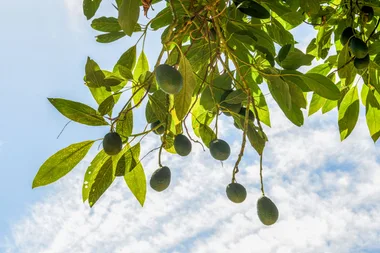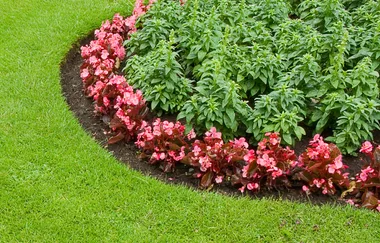While watermelons can be great as treats, they can be a little hard to work with as crops. However, with a little know-how and preparation, you can easily have them growing in your garden.
Up for the challenge? Read on and learn how to grow your own watermelons.
How do watermelons grow?
Unlike most crops, watermelons grow on vines that grow out of the initial sprout and can grow to be six metres long. The number of vines determines how many watermelons there are per plant as each vine can produce between two to four melons during the growing season.
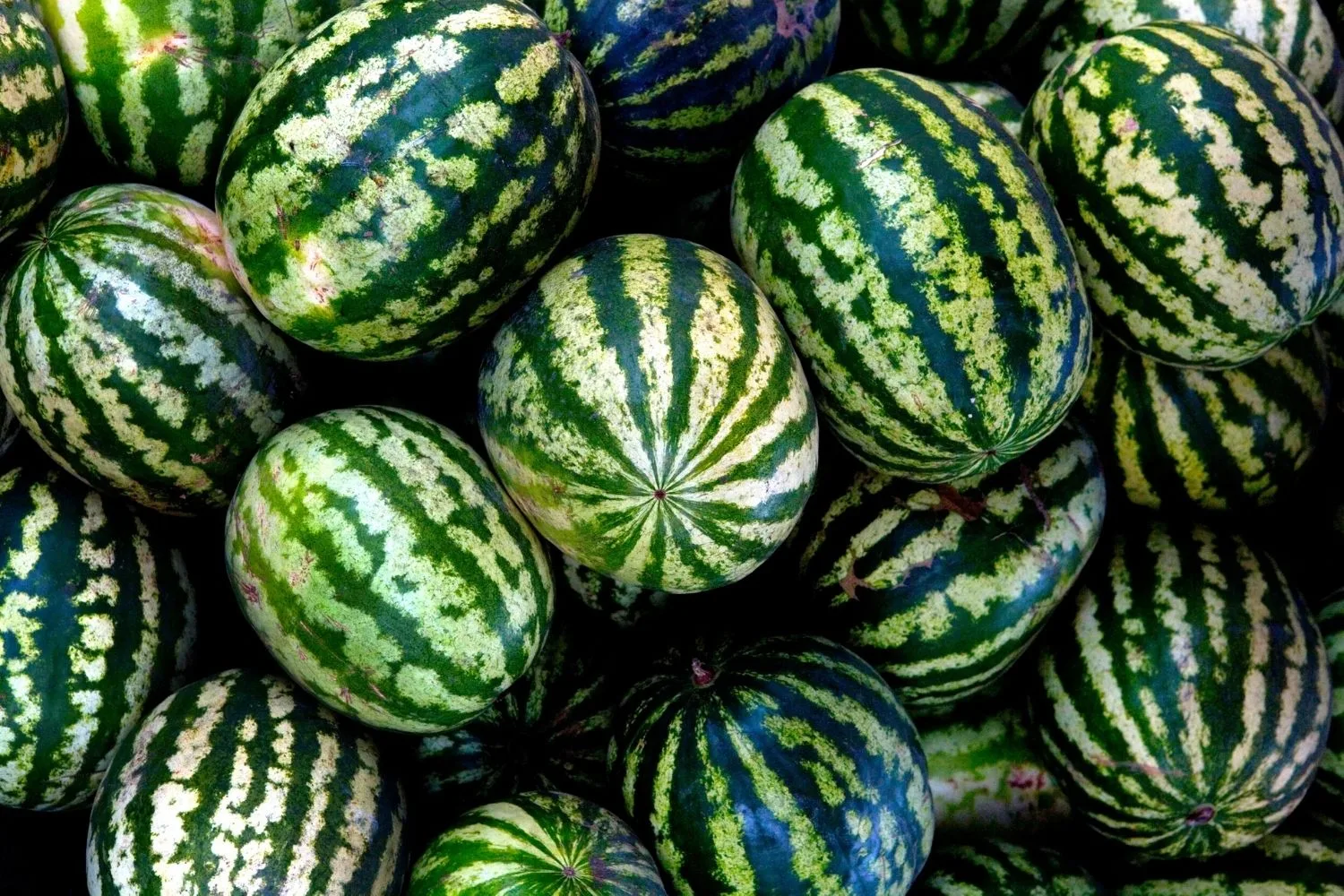
Where to plant watermelons
Watermelons grow best in a planting site that has a lot of open space. Watermelon vines ramble, so your plants are going to spread out around your garden as they grow. Watermelon plants are also heavy feeders, so you might need to prepare compost if you don’t have nutrient-rich soil.
The best time to plant watermelon
If you live in the Australia’s temperate zone, seeds need to be sown sometime between October and December when daily temperatures average around 20-25 °C. If the weather still isn’t warm enough around that time, you can start your seeds indoors in containers like a small pot or a germination tray.
This way, you’ll be able to control how warm the soil can get. Just make sure to transfer the seedling to your garden as soon as you can as larger seedlings won’t transplant well.
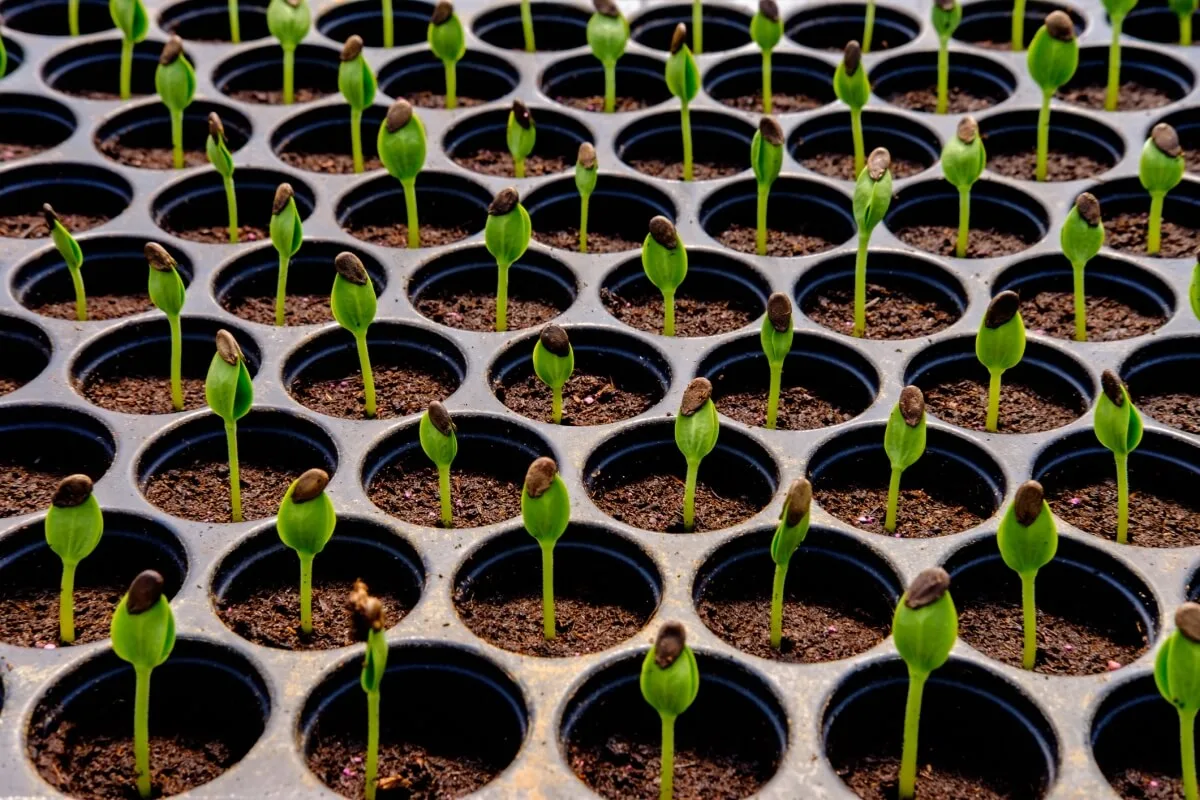
Ideal soil conditions for watermelon
You also need to prepare mounds of soil to sow the seeds in as they will drain water faster than soil on flat ground. These mounds of soil also tend to be warmer, which is ideal for tropical fruit like watermelon. For most varieties, the seeds should be sown an inch deep into a 6-12 inch tall mound.
Do watermelons need lots of water?
Watermelons require a thorough watering once a week. Once the seeds have germinated, give your plants an inch of water every week. A little bit of balanced fertiliser each week can also be good for your plants as watermelons take a lot of nutrients from the soil and compost. It’s also a good idea to add mulch to the soil as it helps with retaining moisture and driving away weeds that can interfere with the growth of your plants.
How long does it take to grow a watermelon?
On average, it takes around three months for a watermelon to grow from seed to mature fruit, with smaller varieties having shorter growing times than larger varieties of watermelon.
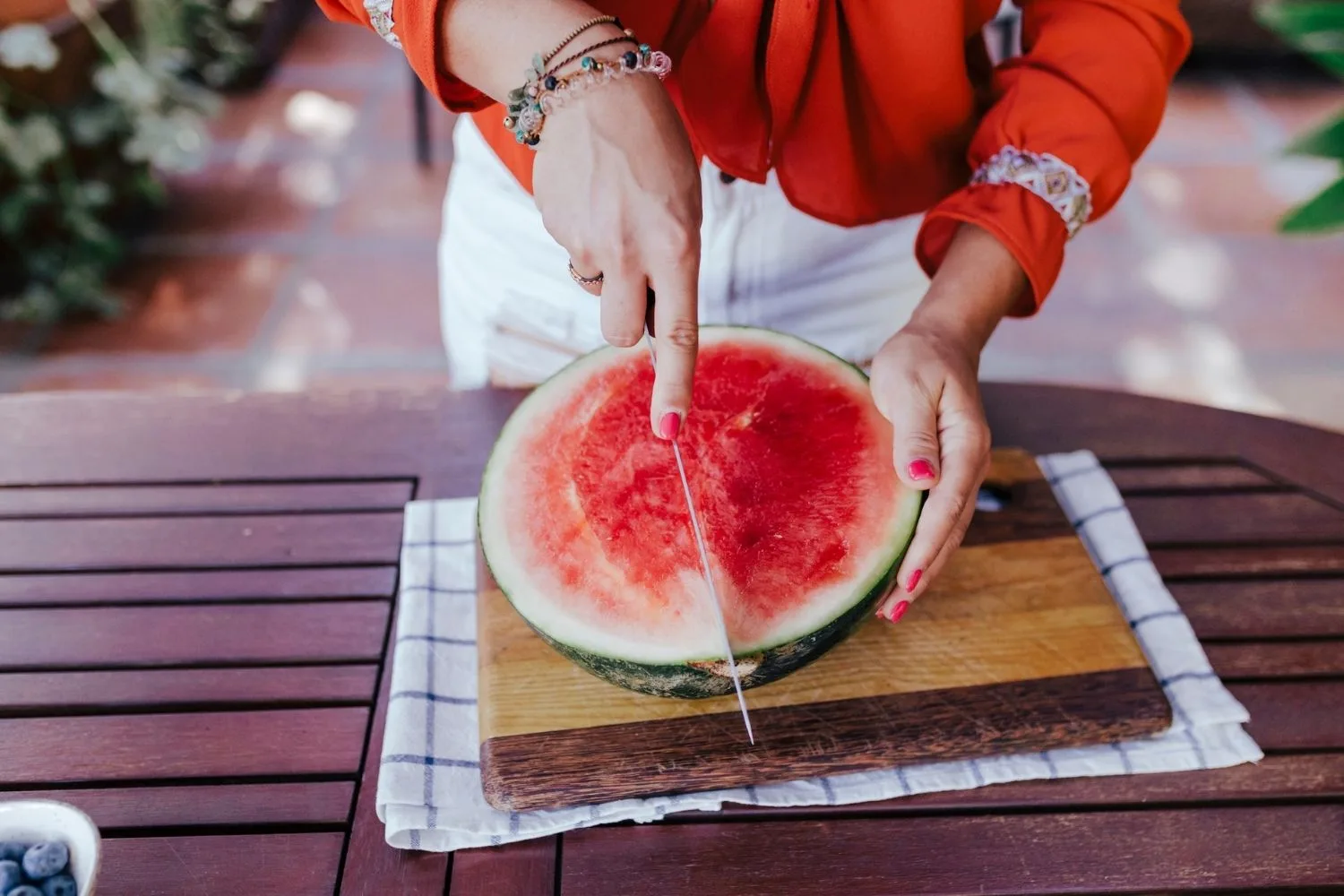
Flowering
Around two weeks after your vines start rambling, your watermelon plants should start flowering, with the smaller male flowers showing up first and the fruit-bearing female flowers appearing soon after.
In most cases, the bees in your garden should be able to pollinate all your flowers for you. However, if you don’t have that many bees, you can also pollinate them yourself.
Harvesting watermelons
Knowing when to harvest your watermelons can be a bit tricky as there aren’t any surefire ways of checking whether the fruit is ready for picking.
For a lot of gardeners, a brown and dried up tendril near the watermelon is a good sign that the fruit is ready. You can also try lightly thumping your knuckles on the watermelon to see if it produces the hollow sound a ripe watermelon should make.
Neither of these techniques is an exact science, so it might take you a little bit of practice before you can consistently tell when your melons are ready for harvest.
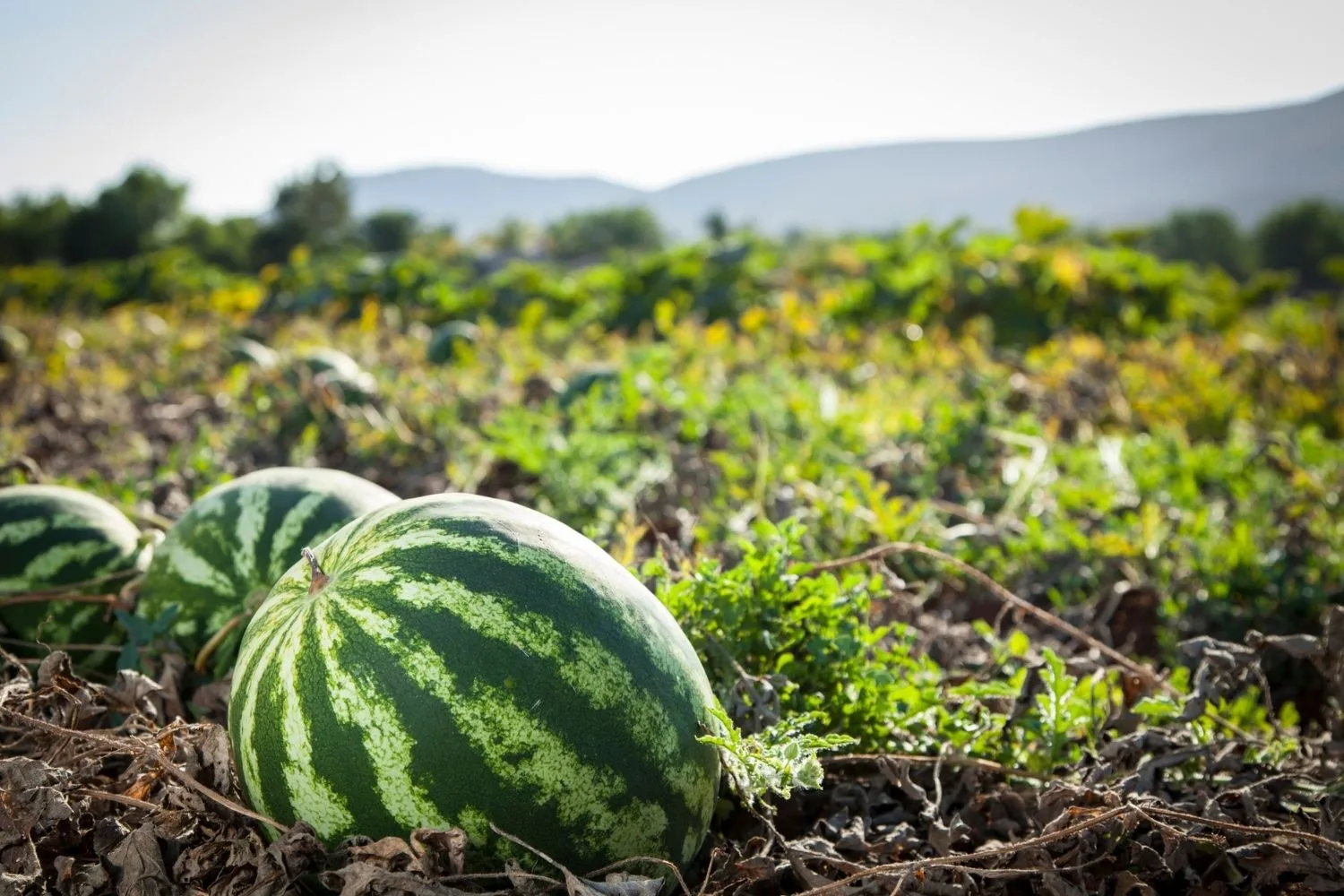
Growing tips
We know watermelons can be a little tricky to deal with, so we’ve come up with a couple of tips that can make life a little easier for you.
1. Use open-pollinated or heirloom seeds
If you want to grow the healthiest watermelons, be sure to use these two kinds of seeds instead of the hybrid varieties often seen in store-bought melons. Open-pollinated varieties are often more resilient than other kinds of seeds, and heirloom seeds tend to produce better fruit.
2. Sow more seeds than you need
Since you won’t get a good plant out of every seed you sow, you’ll be better off sowing as many seeds as you can and trimming away weaker seedlings.
3. Train the vines on a trellis
If you don’t have a lot of space in your garden, you can train the vines to climb up a trellis instead of spreading all over your yard. While this takes a little more time and effort on your part, you’ll free up a lot more space.
4. Regularly prune your vines
Once your vines start rambling, be on the lookout for rotten parts that need to be clipped away with sterilised tools. If these rotting parts stayed on the vines, the bacteria and fungi might spread and damage the rest of the plant.
5. Plant helpful crops next to your watermelons
Watermelons take in a lot of nutrients, so soil-enriching crops like beans and other legumes make for excellent companion plants. You can even incorporate these plants into your crop rotation system so that your garden can be ready for watermelons for the next growing season.
How to grow parsley, indoors or outside
How to cut a watermelon in one minute

